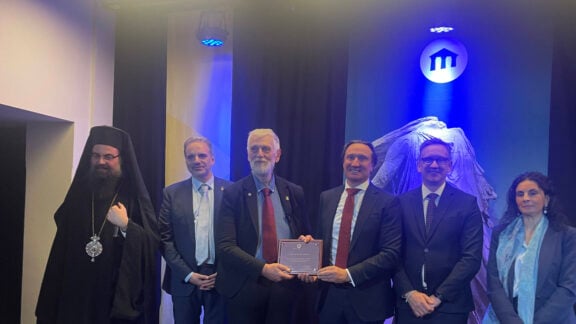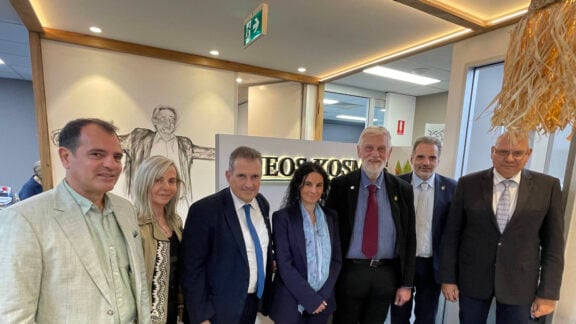The Federal Government’s new temporary migrant visa scheme is under attack by those who feel it may offer jobs to overseas workers at the expense of Australians.
The new Enterprise Migration Agreements (EMA) targeting semi-skilled overseas workers have been introduced by the Department of Immigration and Citizenship (DIAC), specifically to meet the needs of Australia’s resources sector. Forecasts suggest that an extra 33,000 workers are needed over the next eighteen months to meet the needs of Western Australia alone.
Under the new EMA scheme, temporary 457 visas can be issued for workers employed on large projects worth $2 billion or more and which need over 1,500 staff during the project’s peak operations.
Construction and mining union CFMEU has voiced concerns that the new scheme will overlook local workers. “We’ve got a situation where there are a number of large redundancies in the manufacturing industry, but also activities in commercial city construction are quite low at the moment,” said CFMEU spokesman Dave Noonan.
The CFMEU says it is concerned that overseas workers will fill jobs that apprentices are currently performing in the larger companies, and that the scheme undermines potential employment in regional Australian communities, where high levels of youth and indigenous unemployment are entrenched.
“We need to start to see a situation where the Government requires of those employers that they actually invest in training young Australians, and don’t just run overseas to deal with real or perceived skills shortages. We would have thought that it was important to ensure that suitably skilled local workers are offered employment before employers are entitled to bring in large numbers of guest workers from overseas.”
Peter Speldewinde from DIAC says the new scheme is not about limiting employment opportunities to local workers. “The pricing schedules around the salaries that need to be paid to a worker coming to Australia under the EMA would make them relatively more expensive than the equivalent Australian worker,” he said. “So the incentive is there for companies to, in fact employ or seek to employ, Australians first.”
Bruce Campbell-Fraser, from Western Australia’s Chamber of Mines and Energy, believes the scheme has other drawbacks for the companies that require the extra human resources. “We’re just a bit concerned that they’re a bit prescriptive around some areas, predominantly around the consultation process, the need for workforce development plans, and highly prescriptive training plans.”
“So we’re just working our way through how that’s going to be taken up, and I suppose as these employers start putting their plans in place and recruiting a workforce, we’ll see whether or not people move down the EMA path or use existing skilled migration programs.”
DIAC insists the EMA is a simplified system. “The terms and conditions which govern the employment of workers for the entire project are agreed under the EMA framework,” said Mr Speldewinde, “so there’s only one set of negotiations. What that means is, for particularly the smaller sub-contractors, a lot of the drudgery and a lot of the legwork is done for them.”








